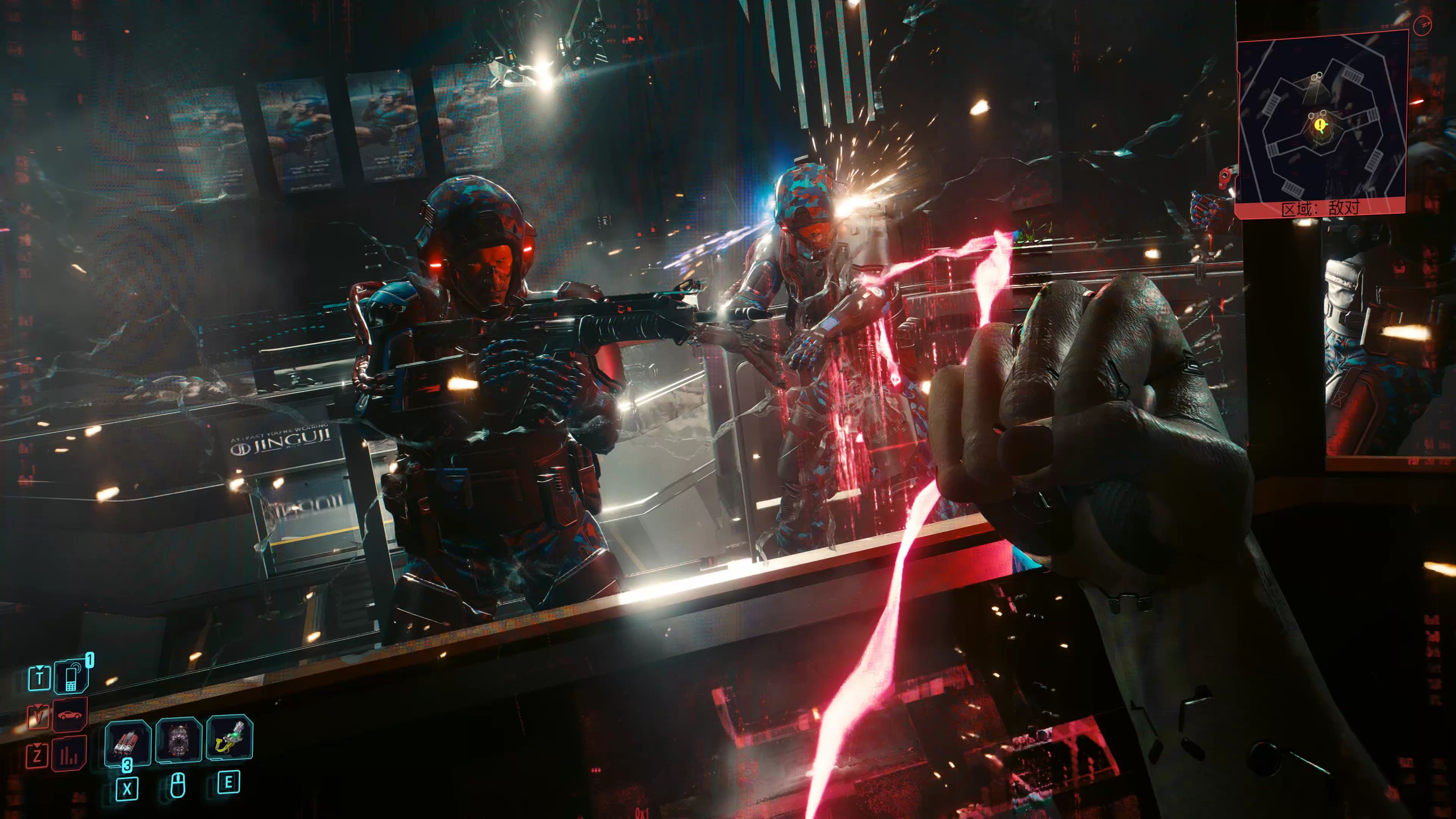Gears Tactics Score: Turn-Based Spin-Off Reception
When Gears Tactics was announced, the gaming community met the news with a mix of excitement and skepticism. For over a decade, the Gears of War franchise had been synonymous with fast-paced, cover-based third-person shooting, characterized by its brutal combat, iconic Lancer chainsaw bayonets, and larger-than-life characters. The idea of translating this high-octane experience into a turn-based tactical format seemed ambitious, if not risky. Yet, upon its release in April 2020, Gears Tactics managed to not only carve out its own identity but also earn widespread critical acclaim, proving that a beloved franchise could successfully reinvent itself without losing its soul.
A Bold Departure from Tradition
Gears Tactics is set 12 years before the events of the first Gears of War game, during the early stages of the Locust War. Players assume the role of Gabe Diaz, father of Kait Diaz from Gears 5, as he leads a squad of soldiers against a terrifying new Locust creator, Ukkon. The shift to a turn-based strategy format required a fundamental reimagining of the series’ core mechanics. Instead of real-time action, players carefully plan moves across grid-less maps, utilizing cover, overwatch, and ability combos to overcome enemies.
Critics and players alike praised the game for retaining the gritty, visceral feel of the Gears universe while adapting it to a tactical framework. The game’s violence remained satisfyingly graphic—executions and chainsaw kills were recreated with meticulous detail, satisfying fans’ expectations for brutality. The pace, though methodical, was often described as “fast for a tactics game,” thanks to mechanics like the Overwatch system and action points that allowed multiple moves per turn. This helped bridge the gap between the strategic depth of titles like XCOM and the adrenaline rush of traditional Gears gameplay.
Critical Reception: Praise and Nitpicks
Gears Tactics received generally favorable reviews, with aggregate scores settling around 80-82 on Metacritic and OpenCritic. Reviewers highlighted several strengths: the game’s accessibility, its compelling boss battles, and its successful adaptation of the Gears aesthetic.
One of the most lauded aspects was its approachability. Unlike many strategy games that overwhelm newcomers with complex systems, Gears Tactics introduced mechanics gradually, making it inviting for both genre veterans and players more familiar with action games. IGN called it “a fantastic introduction to the genre,” noting that it “simplifies without dumbing down.” The game avoided traditional percentage-based hit chances, instead relying on line-of-sight and positioning, which reduced the frustration of random misses and put greater emphasis on tactical decision-making.
The boss fights against massive Locust creatures were another standout feature. These multi-stage battles required careful planning, resource management, and adaptability, offering some of the most memorable moments in the game. They evoked the scale and intensity of the franchise’s signature set-pieces, successfully translated into a turn-based context.
However, the game wasn’t without its criticisms. Some reviewers felt the story, while serviceable, lacked the narrative depth and character development of mainline Gears titles. Characters outside of Gabe Diaz received little backstory, making it hard to form emotional attachments—a sharp contrast to the brotherhood dynamic central to the original trilogy. Additionally, the mission structure was cited as repetitive over long playthroughs, with objectives often recycling despite varied map designs.
Another point of contention was the gear and customization system. While players could equip and upgrade their soldiers with various weapons and armor, the loot system felt grindy to some, relying heavily on random drops from side missions. This led to occasional pacing issues, as players felt compelled to complete optional tasks to better equip their squad for story missions.
Player Response and Lasting Impact
Beyond critical reviews, player reception has been largely positive, particularly among those who appreciated the fresh take on the franchise. The game was praised for its high-quality production values—stunning visuals, detailed environments, and a soundtrack that captured the epic, somber tone of the series. PC players noted that it was well-optimized, running smoothly on a range of hardware configurations.
The timing of its release also worked in its favor. Launched during a period when many were seeking immersive, lengthy experiences, Gears Tactics offered a campaign that could take 30-40 hours to complete, with additional side content and end-game challenges. Its arrival on Xbox Game Pass for PC at launch further broadened its audience, allowing players to try it with minimal financial risk.
In the years since its release, Gears Tactics has cemented its place as a respected spin-off. It demonstrated that the Gears universe could support different genres, opening doors for future experiments. More importantly, it showed that a tactical game could embody the spirit of an action franchise—intense, cinematic, and unflinchingly violent.
Conclusion: A Successful Reinvention
Gears Tactics did not aim to replace the core Gears experience but to complement it. By embracing the turn-based strategy genre while staying true to the franchise’s identity, it delivered a compelling, well-executed game that pleased both strategy enthusiasts and Gears fans. Its reception proves that with thoughtful design and respect for source material, even the most established franchises can venture into new territory and succeed.

While it may not have reached the legendary status of its predecessors, Gears Tactics stands as a testament to creative innovation—a spin-off that honored its roots while boldly moving forward.














